- 27 nakshatras or star constellation have 27 trees. All these trees are indeed indigenous having medicinal, cultural and economic value. Article gives names of these trees and tree for each of the 12 zodiac signs.
As
we know how each element and forces in the universe are integrated and related
to the cosmic energies, the solar system, the constellations and the planets
are related having a direct impact on us.
Ancient Hindu scripts have studied them densely and there is an amazing astrological association of the star constellations and the zodiac with planets and trees! Yes…as per the studies each star has a gem, zodiac and a planet connected to it.
So,
we will briefly know about the trees and a bit about their medicinal values.
When we say star here we mean each Nakshatra
as mentioned in Sanskrit.
Nakshatra meaning star
constellation and van means forests,
simply put together is Nakshatravan which is forming a garden or a forest with
these trees associated with stars as per the Vedic astrology. We have group of stars called constellations.
These
stars are arranged significantly in the sky and the Hindu texts defines 27 star
combinations as Nakshatras which in
Sanskrit means something that does not decay.
These
27 nakshatras are systematically
distributed over the period of all 12 months and all
these trees are indeed indigenous having medicinal, cultural and economic value.
In
Indian culture it is traditionally believed and practiced in some parts that a
tree should be planted when a baby is born as per the zodiac or star and it
would be beneficial for the ecology.
To
add on, the trees are planted in a particular direction as per the planet it is
related with. And this is according to the principals of “Vaastushashtra” (traditional Indian architecture) which describes the arrangement of temples, houses, objects, trees, etc. in proper directions as per the astrological and cosmic alignments.
Considering
the diversity of the trees many choose nakshatravan
pattern for their gardens, organizations, offices as a cultural move and of course
to beautify the place.
Moving
ahead, let us also know the twenty seven stars and the trees associated with it.
Star names are in Sanskrit and scientific names are used for the trees to make
it precise. We have tried to connect few with regional names as they are common
and it will be easy to identify.
Nakshatras
1. Ashwini Tree - Justicia adhatoda.![]()
It is commonly known
as Adulsa and has many medical properties like cure for respiratory issues,
allergies, congestion, fever and heart diseases to name a few.
2. Bharani Tree - Phyllanthus
emblica.
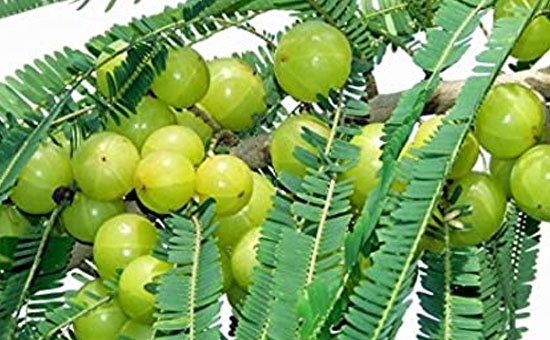
It is
also called the Indian gooseberry or the Amla.
Amla has many properties; it is used for
medicinal, cosmetic and domestic purposes and is one of the major components in
Ayurveda.
3. Karthika/Krittika Tree - Ficus racemosa.
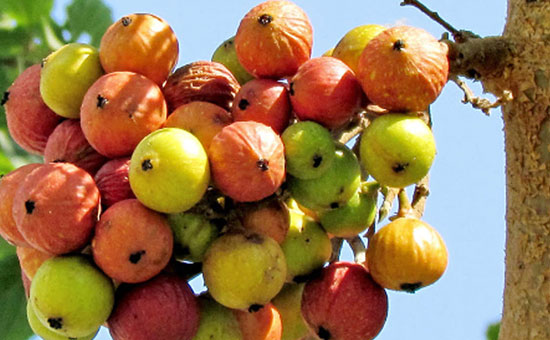
It’s known as cluster fig and the regional name is Umbar or Gular. The bark
is used to treat insect bites.
4. Rohini Tree - Syzygium
cuminii.
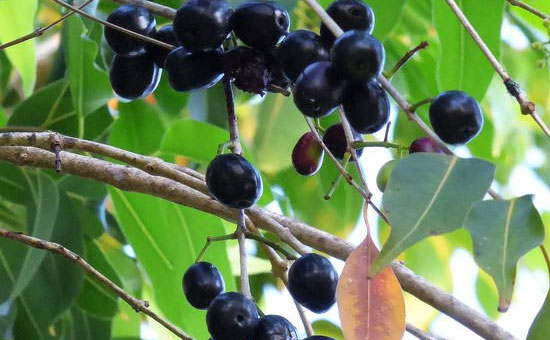
We
know this tree as the Jamun or Malabar plum. The leaves hold cultural
value in marriages in some parts in India and the fruits are known to cure
diabetes.
5. Mrig/Mrigashirsha Tree - Acacia catechu.
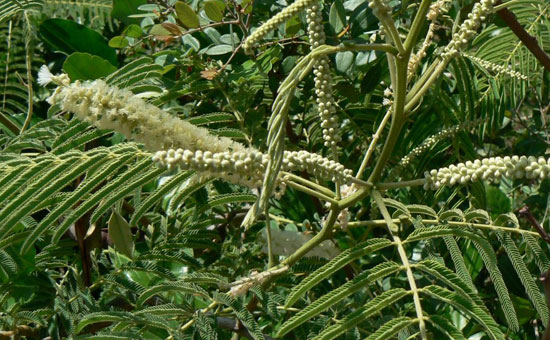
This
is known as cutch tree and called Khair
in regional language. It has properties to cure diarrhea, stomach problems and
inflammation.
6. Ardra Tree - Aquillaria Agalocha.
It
is known as Agarwood and used to cure skin diseases, wounds, rheumatism and
paralysis.
7. Punarvasu/Punartham Tree - Bambusa vulgaris.
This
is our common Bamboo grass also
known as Velu.
8. Pushya/Pusam Tree - Ficus religios.
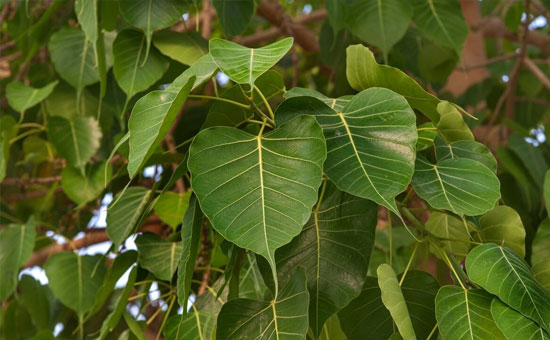
This
is sacred fig tree or commonly known as Peepal tree in India. Besides having medicinal properties it has cultural and religious significance too. It’s said to be used to treat jaundice, asthma, heart diseases and constipation.
9. Aashlesha Tree - Calophyllum indophyllum.
This
is commonly called Naagchafa or Undi. It’s also called Alexandrian laurel. It’s believed to have therapeutic values and is used as bio diesel too.
10. Magha/Makam Tree - Ficus
benghalensis.

This
has spiritual and mythological significance as the Peepal, this is our mystical
Banyan tree, also called as Bargad
or Vat.
11. Purva Phalguni Tree - Butea
monosperma.
This
tree is commonly known as Palash and flame of the forest tree.
The leaves are used to make plates. The other parts are used for timber, dye
and medicine.
12. Uttara Phalguni Tree - Ficus Arnottiana.
It
is also called Payar, Indian rock fig and wild Peepal. This tree often mistaken for Ficus religiosa, the normal Peepal but
there is difference in the leaf patterns.
13. Hasta Tree – Jasminum Grandiflora.
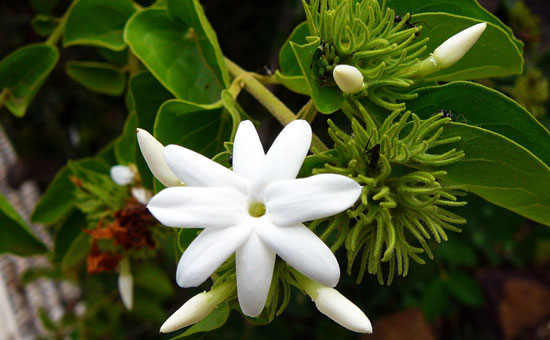
It
is known as jasmine or Jaai. It is widely used in herbal medicine and
perfume industries due to its sweet fragrance.
14. Chitra Tree – Aegle marmelos.
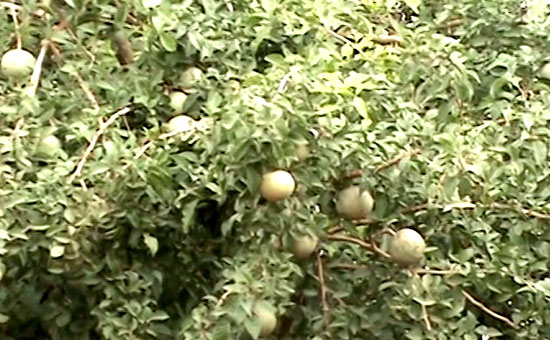
This
is called the Beal tree or wood
apple. This has religious value and is offered to a Hindu deity. Besides this the
fruits and leaves are medicinal too.
15. Swathi Tree - Terminalia
arjuna.
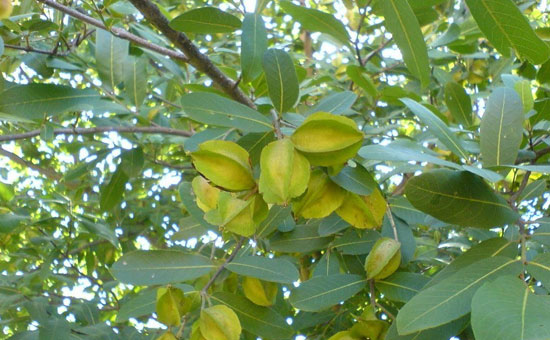
This
is known as Arjun having some mythological values and as per Ayurveda it’s said to cure ulcers, wounds and known more for heart diseases.
16. Vishaka Tree - Limonia acidissima or Mesua Ferrea.
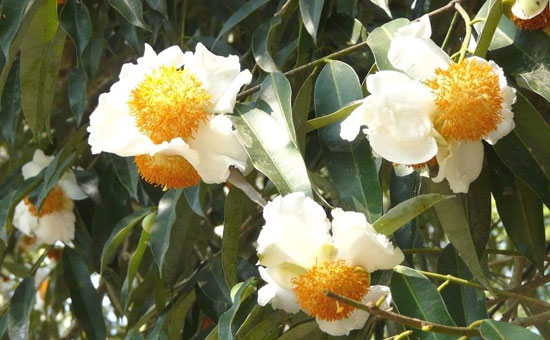
We
know this tree as wood apple and Kavath
and Kaith are regional names. Due to
its astringent properties the ripe fruit is used to make juice, pickles and
chutneys in rural parts of the India.
17. Anuradha Tree - Mimusops
elengi.
It
is also called Bakul tree or the Medlar.
The flowers have strong fragrance and the fruit is used in traditional
medicine.
18. Jyestha Tree - Bombax ceiba.
It’s known as Katesavar or red silk
cotton tree. The flower buds and bark are used as medicine, whereas, the leaves
are used as traditional food in some places in Asia.
19. Moolam/Mula Tree – Boswellia serrata.
It
is commonly known as Guggul or
Indian Frankincense. It has properties to reduce inflammation and hence used to
cure many ailments like
arthritis, asthma and leukemia.
20. Purva Ashada Tree – Calamus
pseudotenuis.
This
is called Rattan cane or vet and it’s a climber. Cane has high economic value as it’s used to make handicrafts and other domestic uses.
21. Uttarashada Tree – Artocarpus heterophyllus.
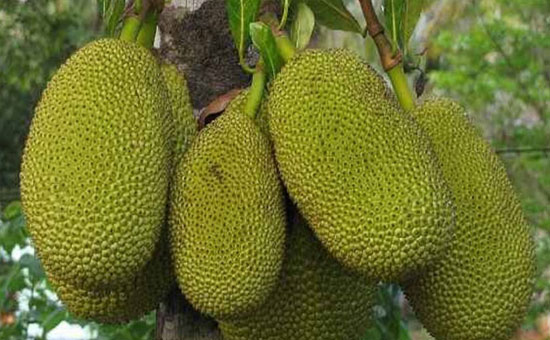
We
all know this tree as Jackfruit or phanas.
Besides being relished on the fruit it has been used for many other culinary
purposes.
22. Sravana/Shrona Tree – Calatropis gigantean.
This
is commonly known as Milkweed or the Rui. Besides having religious uses it’s also used to treat respiratory, digestive, skin and many other diseases along with curing snake bites.
23. Shravistha/Dhanistha Tree - Prosopis cineraria.
It’s commonly known as Shami or Khejri tree. It is said
religious significance and is used to make vegetables too.
24. Satabisha/ Shatataraka Tree – Anthocephalus cadamba.
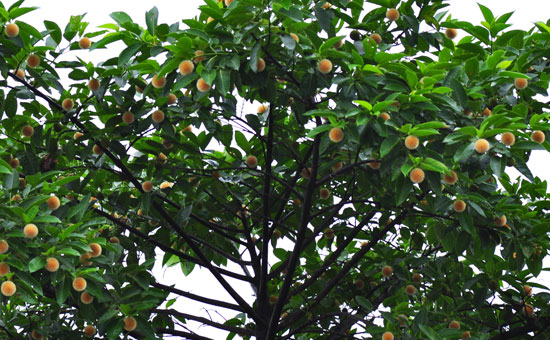
It’s known as Kadam or common bur flower
tree. Besides having cultural significance it is also said to be used in timber
industries and as raw material for perfume making.
25. Purva Badrapada Tree - Mangifera
Indica.

Commonly
known as Mango tree or Aam and it’s the king fruit of India. The fruit is relished across the world having countless culinary uses. It’s also a religious tree holding cultural significance in India even today.
26. Uttra Badrapada Tree - Azadirachta
indica.
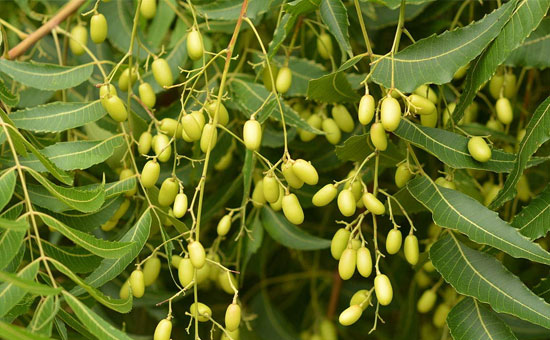
We
know this as Neem tree or Kaduneemb.
It has plethora of commercial and domestic uses from used as pesticides,
cosmetic industry and has multiple medicinal values.
27. Revathi Tree - Madhuca indica.

It’s called the Mahua tree or Indian butter tree. It has immense medicinal and economic values. Each part of the tree is used and it’s a good substitute of diesel having biofuel potential.
Further, we also have twelve trees as per the zodiac signs.
If you
do not know your birth star or nakshatra you can plant a tree as
per your moon sign. Here`s a quick list.
Aries
- Pterocarpus santalinus, Raktachandan
Taurus
- Alstonia scolaris, Saptaparni
Gemini
- Wrightia tinctori, Kalakuda
Cancer – Butea monosperma, Palash
Leo
- Ziziphus mauritiana, Bor or Ber
Libra
- Mimusops elengi, Bakul
Virgo –Mangifera indica, Mango
Scorpio
- Acacia catechu, Khair
Pieces
- Ficus benghalensis, Banyan
Sagittarius
- Ficus religiosa, Peepal
Aquarius
- Prosopis cineraria, Shami
Capricorn
- Dalbergia sissoo, Vilayati shisham
Besides,
all the cultural and medical values if we also consider planting them for their
esthetic purpose that is more than enough, because it will not only beautify
the ambiance, give shade and oxygen but it will definitely help the ecosystem
flourish and the birds will dwell happily as most of the trees are fruit
bearing.
Not to forget this concept will also create awareness among
masses regarding the biodiversity of
the country.
References
https://en.wikipedia.org/wiki/Nakshatravana
https://www.devshoppe.com/blogs/articles/plants-and-nakshatra
https://nurserylive.com/en/plants/by-features-uses/nakshtra-plants
https://wiki.nurserylive.com/t/nakshtra-plants-significance-of-these-to-sustain-human-life/2369
https://www.gurujal.org/post/navgrah-vatika
https://www.gurujal.org/post/nakshatra-garden
TO read all articles by author